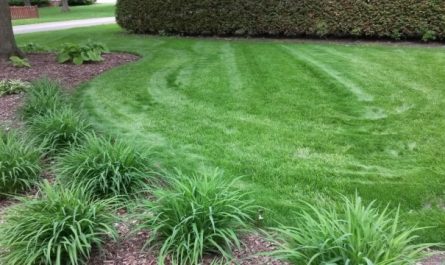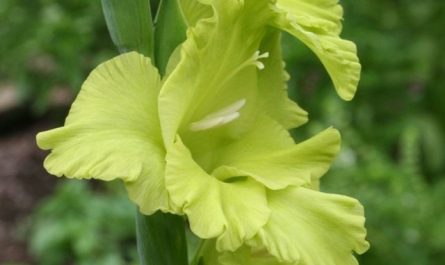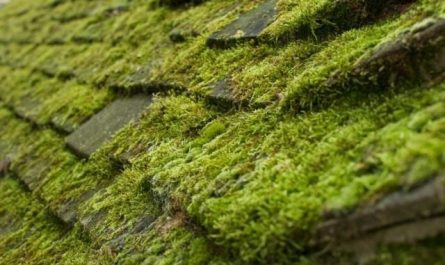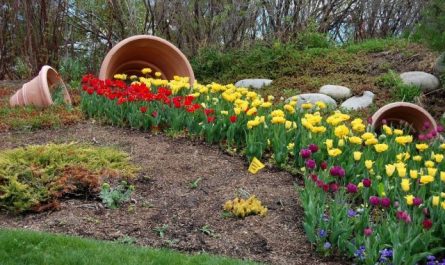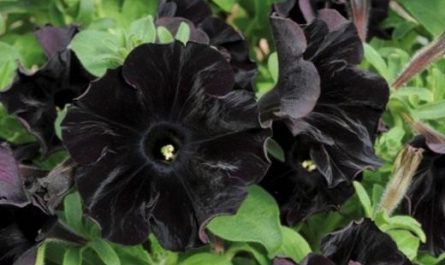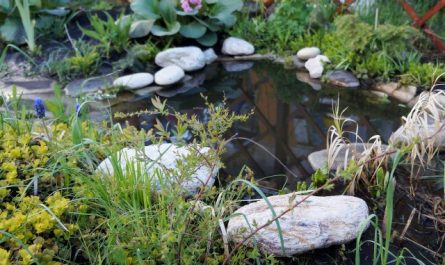The most difficult and labor-intensive part of lawn care has always been mowing. No matter what type of lawn we are talking about, regular, systematic procedures carried out according to all the rules are the key to success. They provide not only the perfect texture and external appeal of the emerald carpet, but are also an important means of preventing problems with the lawn. Mowing requires a lot of effort, but sometimes even skipping this procedure once can lead to big problems. As part of lawn mowing activities, do not forget about edge care: ideal edges of lawn areas do not form and are not preserved by themselves.

Lawn mowing tasks and helpers in solving them
There are simply no procedures more important than regular mowing for the health and beauty of a lawn. It is precisely due to systematic mowing that a thick and strong turf is formed, in which grasses actively develop and bush out, and are able to withstand negative factors, including moss and weeds. Problems with a lawn that is mowed regularly arise much less often. But any mistakes with mowing will lead to troubles much more significant than mistakes in any other type of green carpet care.
The lawn mowing season in the middle zone and regions with severe winters traditionally covers the warmest period of the year – from May to the end of September-October. Where winters are less severe, and spring and autumn allow for more active work, mowing begins earlier and ends later. But it is better to make it a rule to finish mowing the lawn as soon as the first autumn cold snap sets in and not to start it earlier than before the grass rises to a height of 8 cm.
The first and most important rule of lawn mowing, which should not be violated under any circumstances (and the only guarantee that the lawn will look impeccable) is regularity of procedures, even in extreme circumstances. Long intervals or unsystematic procedures, with uneven periods between mowings will lead to the loss of the lawn’s attractiveness, damage the turf and increase the consumption of nutrients from the soil.
Mowing when possible, occasionally is not acceptable for lawns. If you cannot provide your emerald carpet with regular mowing, then it is better to look for an alternative to lawns with easier maintenance.
Mowing is traditionally done by cutting off about 3 cm of grass. The grass should not grow too tall, and as soon as it rises to a height of about 8 cm, the next mowing should be done. If the grass rises higher, then it will be difficult to cut off all the “excess” in one mowing, and the development of higher grass will affect both the density of the turf and the depletion of the soil.
Before you develop your own schedule of procedures, think about how you can simplify the process of regularly mowing green carpets. In order for the inevitable and very labor-intensive duty to bring only pleasure, you cannot do without garden equipment. A reliable and convenient mower will turn mowing into a fun activity even on large areas. Only on very small lawns can you cope with the task of mowing manually, with the simplest tools.
For large and medium lawns, there is a huge range of equipment that differs in both cost and capabilities. The choice of self-propelled, mechanical, electric and petrol lawn mowers allows you to find the optimal solution. When choosing a lawn mower, be sure to consider the noise characteristics, the ability to work on difficult terrain, the presence of a mulching function, the ability to adjust the cutting height.
To handle hard-to-reach parts of the lawn, you will need special scissors or a brush cutter (garden trimmer), which can be either electric or gasoline, but any of them always require extreme caution when working.

Regularity of procedures
The frequency of regular lawn mowing procedures is usually determined based on the activity of grass development and the type of grass mixture, but on average, it is worth focusing on the optimal mowing frequency of 1 time per week, if we are talking about a regular garden and park lawn. Sports lawns, like decorative ones, are mowed a little differently, focusing on the indicators of the manufacturers of the grass mixture and the type of lawn. But for regular garden lawns, the frequency of mowing should not be too rare and not too frequent, so that constant mowing does not suppress the lawn, but supports and stimulates its development.
The approximate frequency must be adjusted depending on the weather. In wet weather, the grass develops more actively, which means that the lawn must be mowed more often, with only 5 days between procedures. But in dry weather and extreme heat, it is better to increase the frequency between mowings, to carry out one mowing every 8-9 days. If the grass develops actively, at the very beginning of the season there is a rapid growth of turf, then from mid-May to the end of June the lawn can be mowed even 2 times a week.

Lawn trimming level
An even more important issue is the cutting height. Cutting too low can result in the turf becoming not only vulnerable to weeds, but also to diseases and infections, and if cut too low in spring or autumn, the turf may die altogether. The optimal height for all garden and park lawns is considered to be cutting at 4-4,5 cm. This is the minimum height of the grass that can be left during this procedure at the height of the season.
On weakened lawns, during the first procedures in May-June and the last mowing, it is necessary to leave the grass higher, at least 5 cm (the optimal indicator is 5,5-6 cm) and adhere to standard indicators from the third-fourth until the penultimate mowing.
When adjusting the mowing height, it is also better to take into account the weather, leaving the grass up to 6 cm high in drought and heat. The type of lawn is also of great importance. Parterre lawns are mowed to a height of 3 cm in summer, and to 4 cm in spring and autumn. Sports lawns are mowed to a height of 2 cm and higher.
If, as a result of your absence, you still allowed the grass to grow, missed one or several mowings, then in no case should you mow the lawn as usual. Grass higher than 10-15 cm is initially shortened exactly by half, and only during the following procedures is it lowered to the optimal height. The same technique is used in the spring, if the first mowing was missed and the lawn grew higher than 8 cm.
There are a few more secrets to mowing lawns:
- For a flawless cover, you must not forget to change the direction of the cut. The more variable you mow the grass, the less uniform the movements from cut to cut, the better results you will achieve. Make it a rule to move perpendicular to the direction in which you mowed the lawn last time. Thanks to this simple technique, you will prevent the formation of hard and thick stems in the turf, which will spoil your grass and turn it into a “washboard”.
- Mowing on rectangular lawns always starts from the narrower sides. But on lawns of a round or irregular shape, first move along the contour, and then from the middle or the longest place to the edge in parallel movements, stripes.

Maintaining the shape of the lawn
Only a lawn with perfect edges looks beautiful. A leveled edge or border around a green carpet is as important for its attractiveness as impeccable maintenance. And although edging or trimming the edges is a purely aesthetic procedure (except for the threat of the turf spreading onto flower beds), it should not be forgotten either.
There are several options for leveling the edge of the lawn and maintaining its perfect shape:
- Regular pruning.
- Edging with a border.
- Planting under flower beds with perennials covering the transition is a rare and not the most effective method, which does not eliminate the need to manually correct the spreading lawn.
The easiest way to provide a perfect frame for your lawn is to use a border. Even a simple border made of recessed clinker or cobblestones dug into the soil will not allow the lawn to grow, will limit its area and will level the edge. If desired, more complex options can be used as a border, choosing the style and materials of the border in accordance with the style of the garden.
After all, the range is not limited to ready-made stone borders or cast concrete borders, but also combined paving, a palisade of logs, fashionable steel strips or even plastic borders are used. Do not forget about gravel or mulch backfill as a “transitional” option.
Manual edge trimming is the most difficult and labor-intensive. You will have to trim the turf several times a year, and this work is not easy. The lawn is manually leveled using a shovel or a hoe with a sickle blade, working along a long board laid along the edge.
